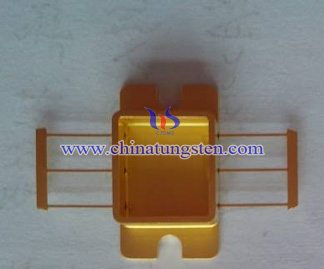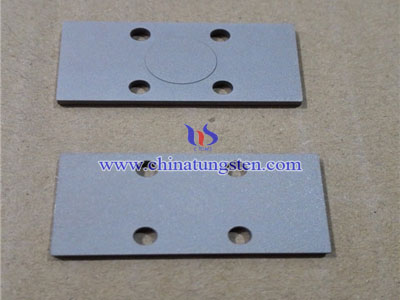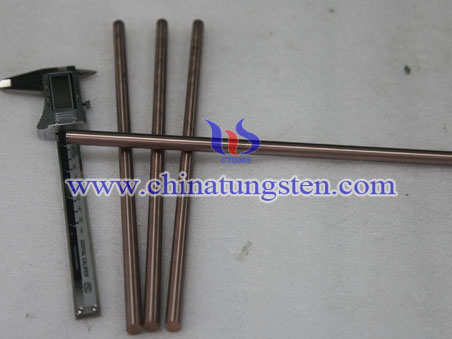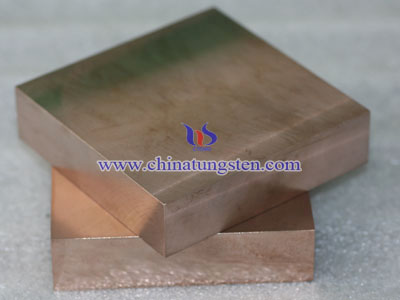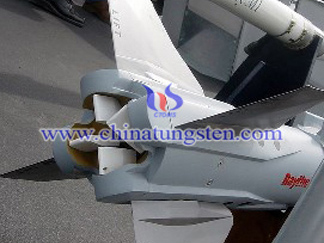Heat Seat
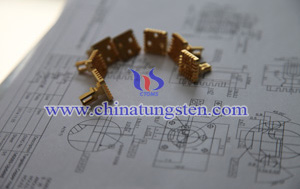
A heat sink is a term for a component or assembly that transfers heat generated within a solid material to a fluid medium, such as air or a liquid. Examples of heat sinks are the heat exchangers used in refrigeration and air nditioning systems and the radiator (also a heat exchanger) in a car. Heat sinks also help to cool electronic and optoelectronic devices, such as higher-power lasers and light emitting diodes (LEDs).
A heat sink is physically designed to increase the surface area in contact with the cooling fluid surrounding it, such as the air. Approach air velocity, choice of material, fin (or other protrusion) design and surface treatment are some of the design factors which influence the thermal resistance, i.e. thermal performance, of a heat sink. One engineering application of heat sinks is in the thermal management of electronics, often computer central processing unit (CPU) or graphics processors. For these, heat sink attachment methods and thermal interface materials also influence the eventual junction or die temperature of the processor(s). Thermal adhesive (also known as thermal grease) is added to the base of the heat sink to help its thermal performance. Theoretical, experimental and numerical methods can be used to determine a heat sink's thermal performance.
Most heat sink also has "fins," which are thin slices of metal that are connected to the base of the heat sink. These additional pieces of metal further dissipate the heat by spreading it over a much larger area. A fan is often used to cool the air surrounding the heat sink, which prevents the heat sink from getting too hot. This configuration is referred to as a heat sink and fan or HSF combination. While heat sinks are used in nearly all computer CPUs, they have become commonplace in video card processors, or GPUs, as well.
The combination of a heat sink and fan (HSF) is referred to as an active heat sink, while a heat sink without a fan is a passive heat sink. In addition to the HSF, a heat sink compound is sometimes used. This is a coating between the device and the heat sink to improve thermal conduction.

